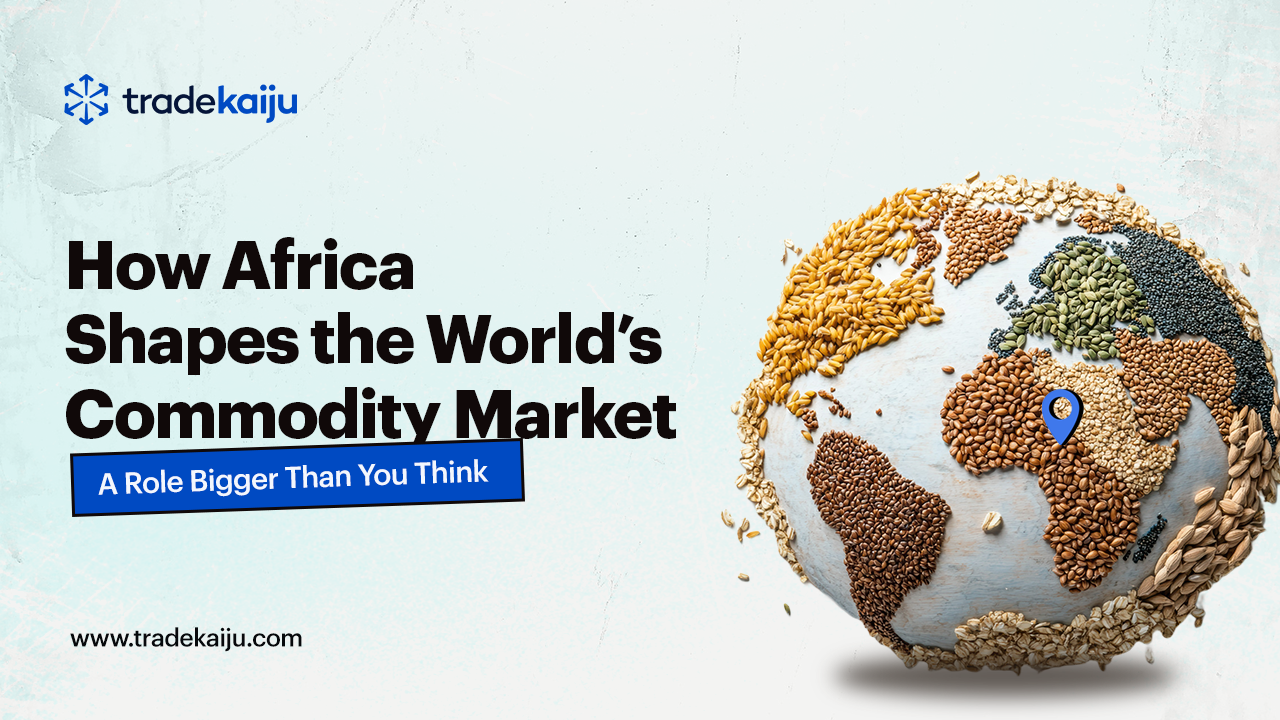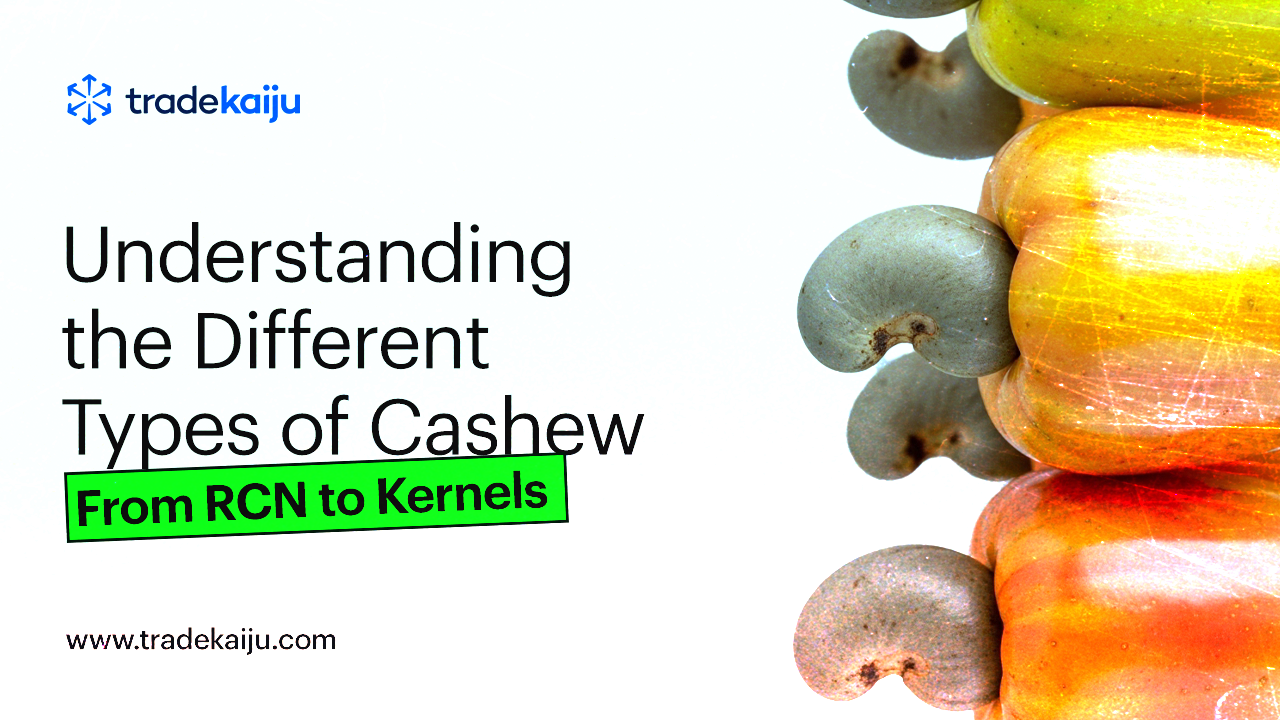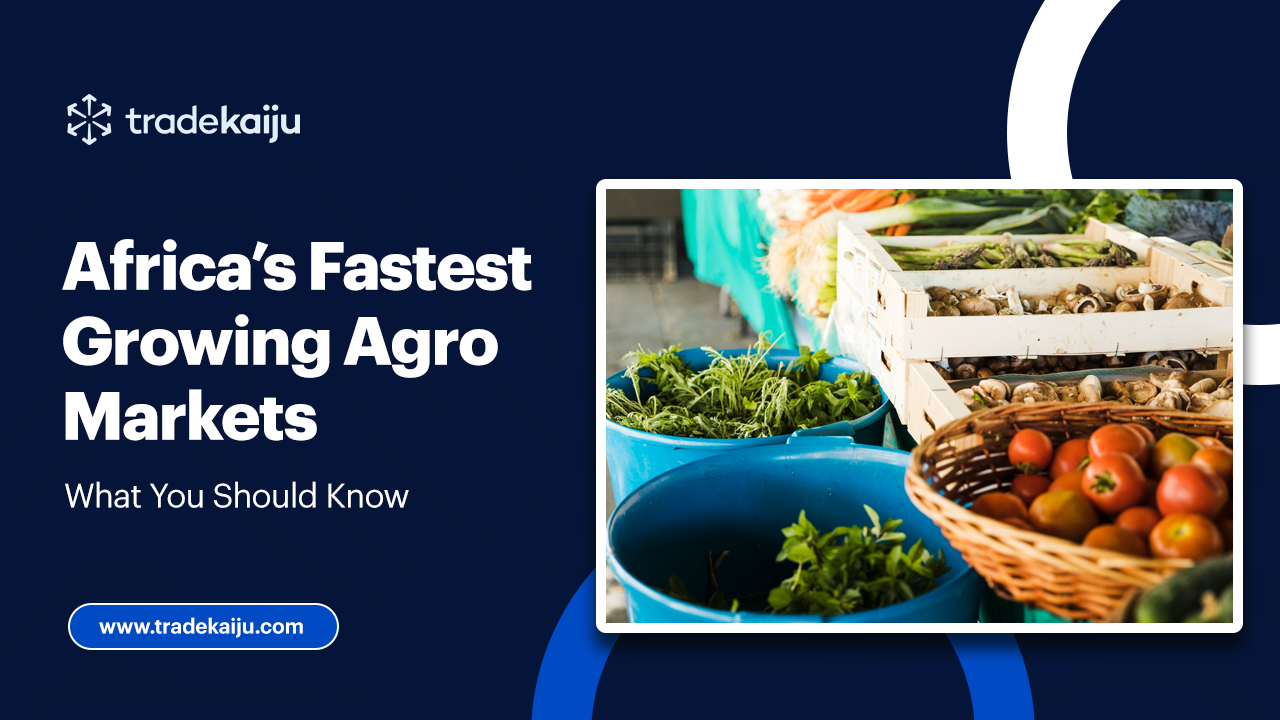Tomato: A Covert "Gold-Mine" of Recent Times
Date Posted: 2022-08-23 16:54:39
 (1)_1661273679.jpg)
Many players along the value chain of major cash crops are unaware of the opportunities available in a few other agricultural markets. These markets have the potential to turn around their investment portfolio's fortunes in a short period of time. Without a doubt, the tomato industry is among these lucrative agricultural markets.
Tomato - Solanum lycopersicum is a plant that belongs to the Solanaceae family. Tomatoes are classified as a fruit vegetable in food classification because they are grown for their edible fruits. Although there are over 10,000 cultivated tomato varieties (cultivars), Alicante, Azoychka, and Aunt Ruby's German Green stand out. The crop is native to the Andes Mountains, close to modern-day Peru and Ecuador in South America. The Spanish and Italians initiated the early dissemination of the crop to Europe. The middle east, specifically the Aleppo city of Syria, in the early 19th century, was under the cultivation of tomatoes when John Barker introduced the crop.
Tomatoes are tropical plants that require a relatively cool, dry climate as well as plenty of sunlight. Despite this, the crop thrives in a variety of climatic conditions, from temperate to hot and humid. It performs best in temperatures ranging from 21 to 24 degrees Celsius. The crop prefers deep, well-drained sandy loam with some topsoil. Tomatoes are planted 15 to 20 cm deep for healthy growth. However, the variety chosen for cultivation is determined by the environment. Although traditional soil cultivation of tomatoes is popular, modern growers also raise the crop in hydroponic and greenhouse conditions.
Tomatoes are now grown in nearly every region, including Africa, North America, China, and the rest of Asia. The annual tomato production averages 177,118,248 tonnes. Global tomato production has increased from 177.3 million metric tons in 2016 to 186.8 million metric tons in 2020. The growing awareness of the nutritional benefits of vegetables (tomatoes) is a critical impetus driving the crop's growth.
During the 2020/21 season, approximately 37 million metric tonnes of tomatoes were consumed globally. North America is the world's largest tomato consumer, accounting for nearly half of all tomato consumption. In 2021, the region consumed approximately 8 million metric tonnes of tomato, surpassing Western Europe's consumption of 5.9 million tonnes.
Tomatoes are consumed in a variety of ways. While some people prefer fresh fruits, others prefer processed tomatoes in the form of paste, sauces, juice, puree, ketchup, or canned tomatoes. In many households, the fruits are eaten raw in salads or cooked as a vegetable. Tomatoes are also used as an ingredient in a variety of prepared recipes and pickled.
Tomatoes are well-known for their health advantages due to their high Lycopene content. Fresh tomatoes contain lycopene, a carotenoid and antioxidant chemical compound. While fresh tomatoes have a lycopene content of 0.88-7.74 mg/100 g wet weight, ketchup has a lycopene content of 9.9-13.44 mg/100 g wet weight (Rao et al. 1998, Nguyen & Schwartz 1998). The compound has the potential to reduce the risk of heart attacks in people by limiting the uninhibited destruction of free radicals on body cells. Furthermore, the tomato as a crop contains a variety of Vitamins that are beneficial to a man's physique.
China has consistently claimed to be the world leader in tomato production. The country produces approximately 56,423,811 tonnes of tomatoes each year. No less than 14 nations from the Middle East (MEA) are among the top 20 tomato growers. Egypt, Iran, and Nigeria are three major destinations for large-scale tomato farming in the region. Mexico, on the other hand, is a fast growing contender in global tomato exports. In 2021, the country shipped tomatoes worth $2.54 billion USD, accounting for around 24.13% of global export. In the same year, the global value of tomato exports was approximately US$ 10.52 billion. The global tomato market is expected to grow at a 5.6% CAGR between 2022 and 2027, according to analysts.
In the past 40 years, the global tomato production area has increased by 164%, while consumption increased by 314%. These statistics are signals to suspect a lag in tomato production at the expense of consumption of the crop. As a result, investors must consider the gap and direct their resources into this market. They must contribute to meeting societal demands while meeting company aims. Their commitment at this critical juncture is especially important given the world's population growth rates.
Similar Blog Posts

Africa isn’t just a participant in the global commodity market, it’s a driver. The continent holds: 30% of the worl

Cashew is one of Africa’s most valuable export crops, yet many people (especially new traders) don’t fully understan

Africa is fast becoming a global agricultural powerhouse. With a combination of favorable climate, expanding investment,